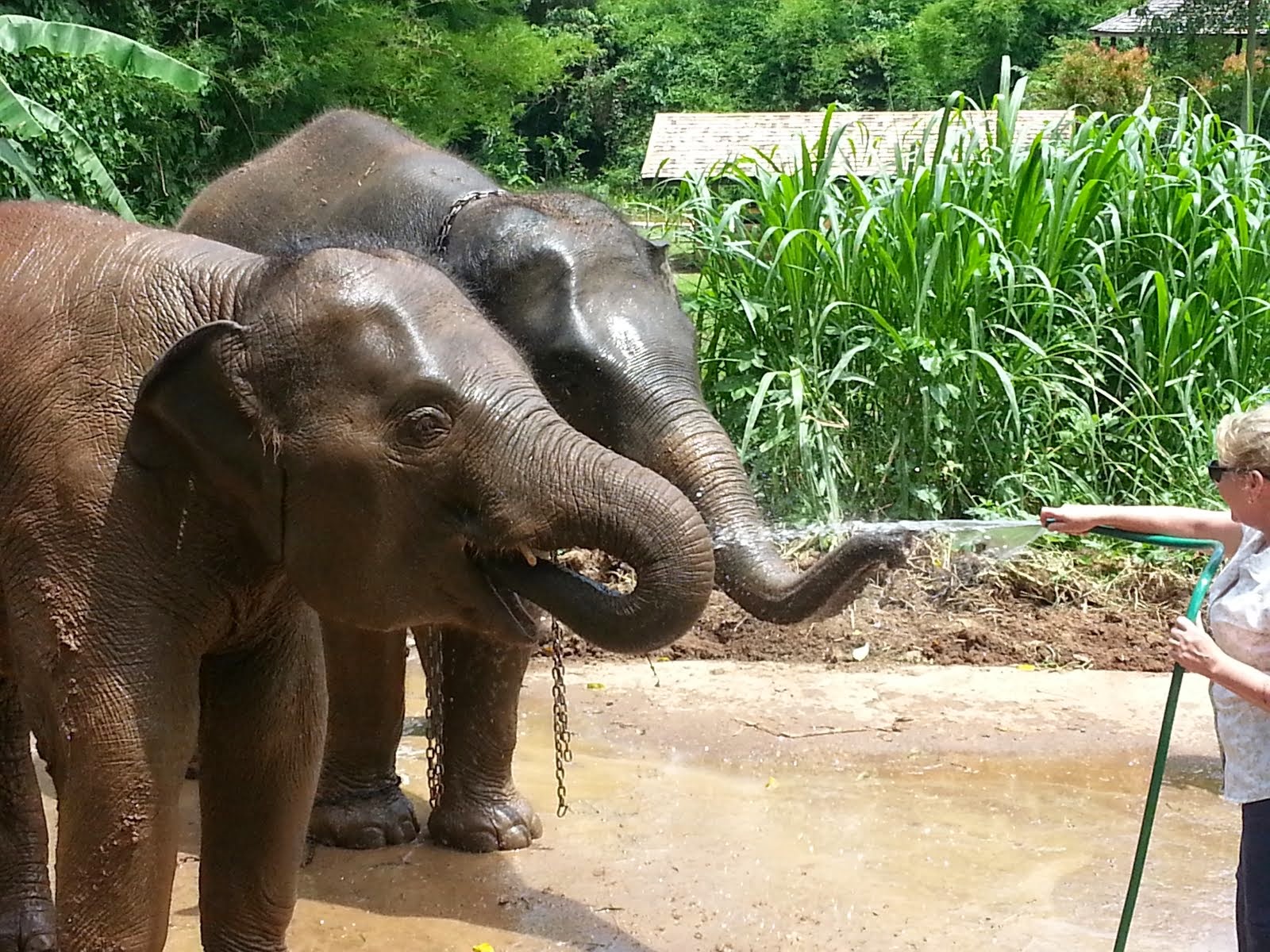The year is here and the project is off and running. We have big goals for our students, and lots of stairs to climb to get there. Because this is a new way for us to teach I want this blog to be a reflective tool to share not only the products and assignments but also to show the necessary rethinking of work, students attitudes, and what we as teachers are learning along the way.
Quotes from students when picking their animal:
"Mrs. Decker, have you seen the World Wildlife Web site? It is the coolest. I am going to be reading through all of this tonight."
"Did you know that you can really adopt a panda bear? What if I convince everyone to give one dollar towards adoption. Our class could really help one and then next year another and so on. We really could do something."
"I am totally protecting the cheetahs because they are fast like me."
"My family symbolically adopted the red panda at the zoo, and I can't wait to see what else I can do to help it."
"Did you know that mountain gorillas are caught in the middle of a civil war? I never thought about the impact war might have on wildlife. I guess we need to also figure out peace in the country for people so the animals can have peace too."
Species Students have Picked:
I am sure this list is going to be incomplete, but these are the main ones I remember from their introduction letters. One concern that we have is that almost all of them are vertebrate mammals. We recognize that this is a natural tenancies, but as teachers we are still working on how to increase the diversity of organisms represented in this project. One idea is that advance students would have to chose a companion species from a different class or organisms. For example from the Think Elephant International Blog
"Elephant dung also provides an important food source for other species. Many species will feed on elephant dung as it is a treasure cove of nutrients. These species include ground hornbills, banded mongooses, velvet monkeys, baboons and many insect species. For dung beetles, elephant dung is extremely important. The beetles roll balls of dung and bury them to store as a food supply for their larvae. This then provides the honey badgers with a rich food source as they will then dig up the dung beetle balls and feed off the plump grubs inside.
Orangutans, Gorillas, Aye Aye, Chimpanzees
Green Sea Turtles and leather back sea turtles
Black Footed Farretts
Black Rino
Dwarf Crocodile
African elephants
Golden Lion Tamerin
California Condor, Macaw
Fin whale, norwall
Kamono Dragon
Sun Bear, polar bear
Giant Panda
Grey Wolf, Red Wolf, African Wild Dogs
Manatee
How are we as teachers using data and student interest to drive our project design:
So I have a confession. I am a TED talk addict. I am a TEDx Birmingham teaching fellow and regularly attend local TEDx salon events in my community, where no joke, a bunch of other TED junkies get together, watch TED talks and discuss. My other confession is that I rarely sleep. Together, this means I have a lot of nights where I listen to TED talks. Last night I listened to this great
Geoffrey Canada "Our Failing Schools: Enough is Enough" Go ahead watch it. It is worth the time. If you did (or didn't watch it) the big idea I got lat night was:
Why does education spend billions of dollars on high stakes test that we get back the next year and rarely do anything with the results.
We are fortunate to work for a school that has realized that ignoring the data and moving forward is not a useful habit. The first full week of school we sat down as a department and analyzed the results from the Alabama Science Assessment to see how we did last year. We were able to see huge gains in areas like our bodies, systems and tissues unit and meiosis. We were also able to flag areas where our students struggled like abiotic and biotic variables in an ecosystem, plants, classification and ecology. Some of the low scores are just a result of the content being covered after the test, but some we feel they did poorly because of how much time we dedicated to the unit, or that students failed to find the relevance of the topic and thus probably took the unit test, and promptly dumped the information out of their crowded brains.
What is cool about this process and the work we did this summer with Earthwatch and Think Elephants International is we have a clear cool experience to bring almost every unit back to our experience and the big year long species project that students are working on. Now, as a result of the data, and seeing science in action, students will create a book with a section for each unit as it relates to their species. In the spring students will present all they have learned in some kind of public forum. Our goal for the background information presentations will be two fold. 1) Students will be able to form meaningful connections with the application of each concept taught throughout the year. 2) Students can receive feedback and suggestions from their peers before moving forward with their capstone project of creating a public relations campaign for their species.
Other cool insights:
I feel that we should all get sponsored to participate in the
Earthwatch Giant Panda research project this summer, because lots of students are choosing them. Just saying...
Thanks
Fund For Teachers!






